Curiosities about Piedmont
THE LEGEND OF SAINT JULIUS
There are many curiosities about Piedmont, this is specifically about Lake Orta.
Legend says that this island was in the Middle Ages a rock infested with dragons. When in 390 AD, Giulio came to Orta, no boatman wanted to take him to the island for fear of the creatures that lived there. Therefore he laid his cloak on the water, climbed up onto it, and he rowed with his stick to the rock.
Of course, he drove away all the dragons and here he founded his hundredth church.
Only one survived and took refuge in a cave in the Orta peninsula, from which it no longer came out. Legend says that in this cave was found a dragon bone (this is not a legend, a bone is really in the sacristy!).
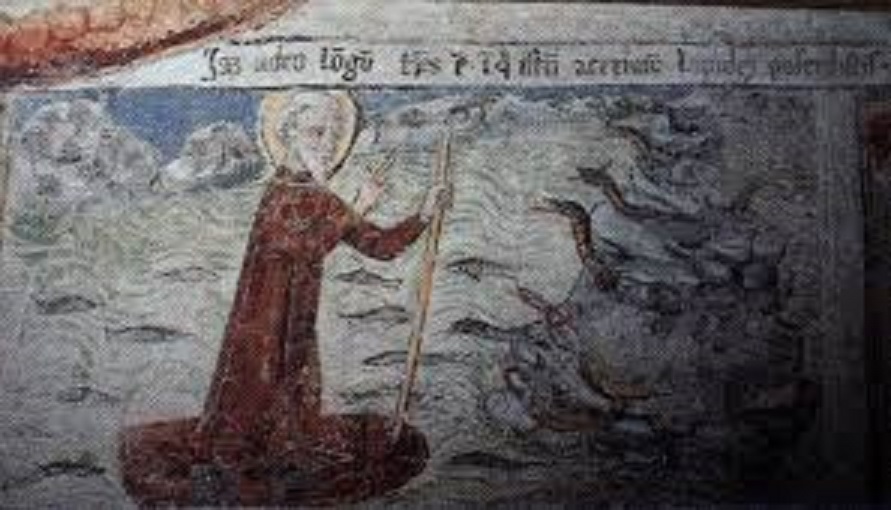
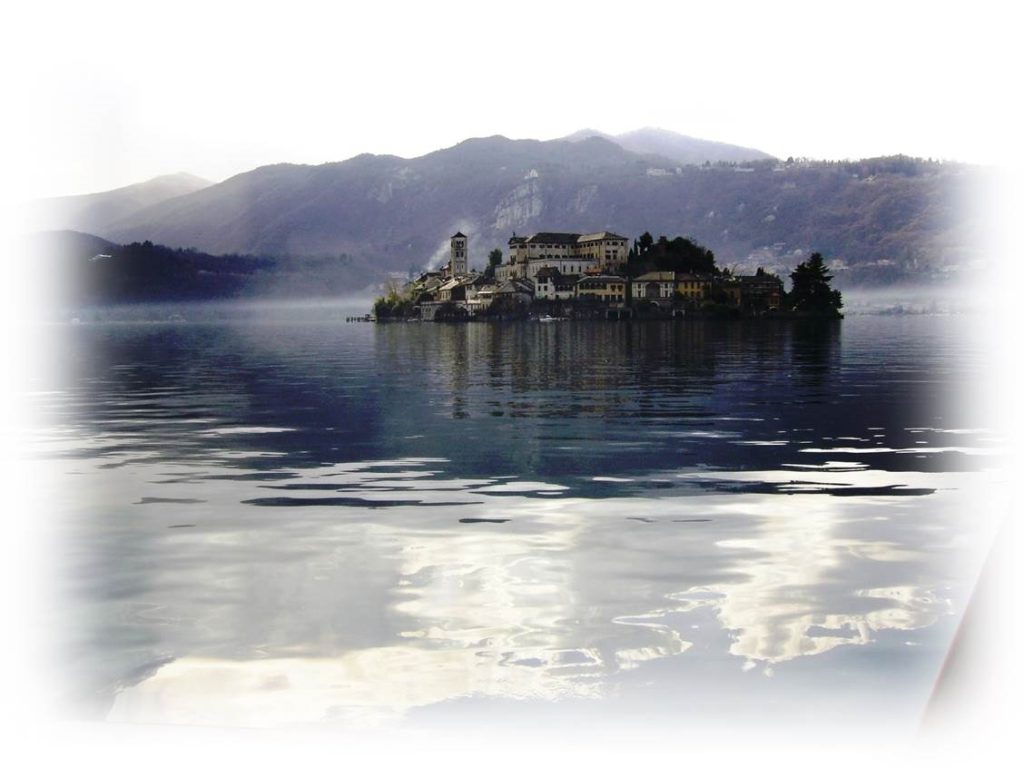
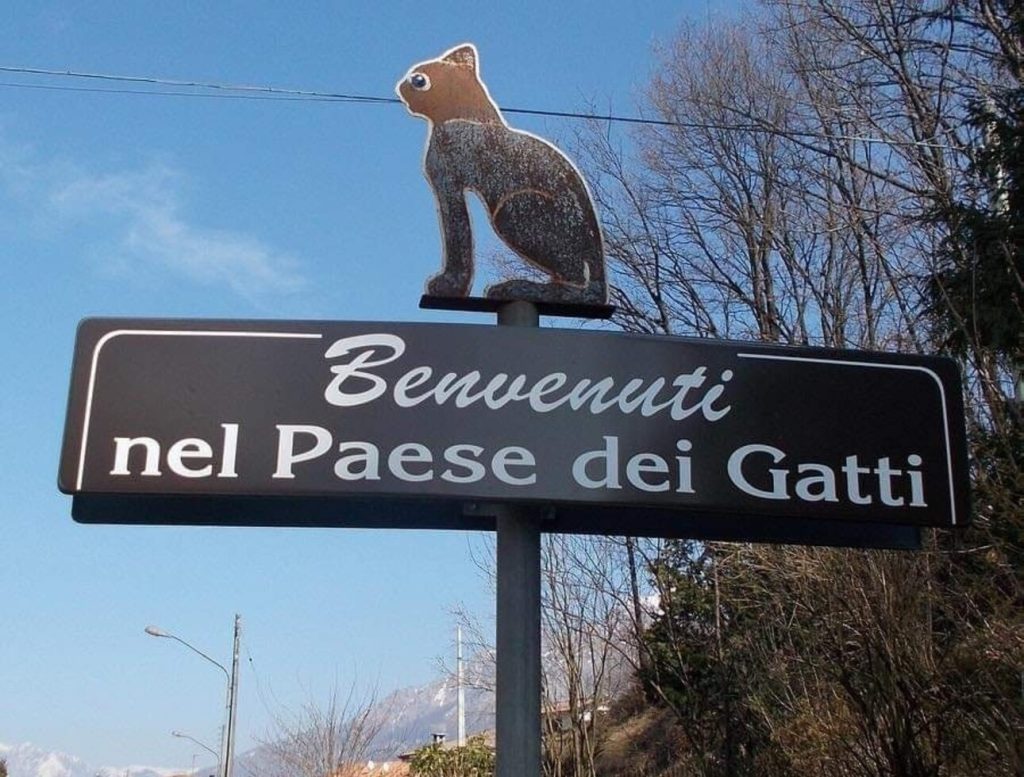
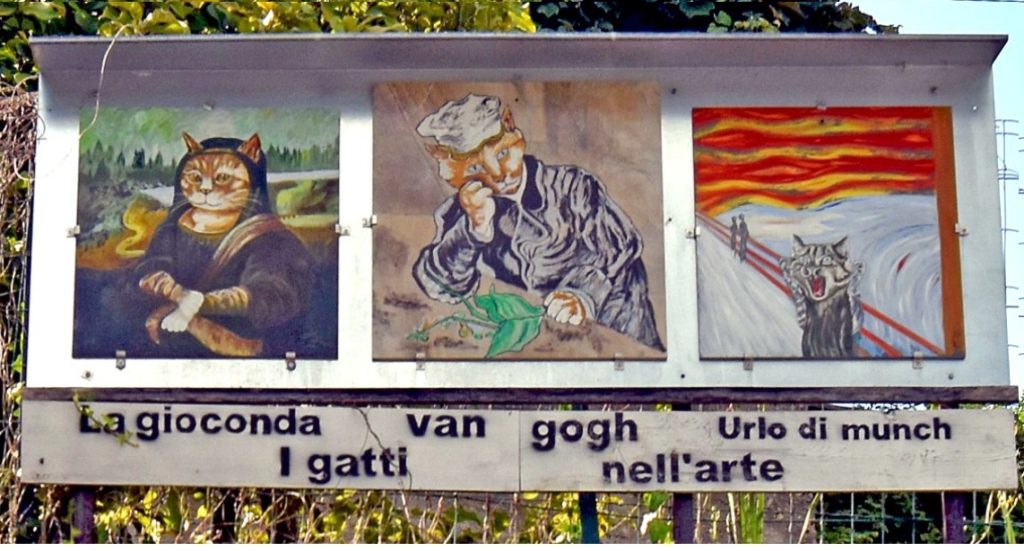
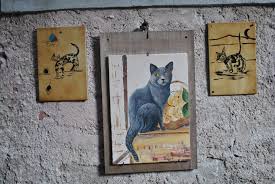
BROLO, THE TOWN OF CATS
Brolo, hamlet of Nonio, in Piedmont, is known as the land of cats. Along its streets you can meet numerous free cats, which are looked after and cared for by the locals. Furthermore, several paintings depicting the beloved felines appear on the roofs and walls of the houses.
It is a small village of only 357 inhabitants overlooking the lake Orta. The reason why it is known as the town of cats is linked to an old story, which began on 10 October 1756. That day, during a session of the community council, the town of Brolo asked the town of Nonio to separate from the Parish of San Biagio. This because to reach it, the inhabitants were forced to cross a river subject to floods. Brolo stated that they would independently furnish and manage the church of Sant’Antonio Abate.
The Parish of San Biagio replied: “When there is a parish in Brolo, the mouse will put on its cloak”. The citizens of Brolo took the matter seriously and, like cats, chased away all the mice, that is, the inhabitants of Nonio, from the town. It was April 27, 1767 and outside the church they hung a mouse with a cloak. Their new motto became: “The Parish was created in Brolo and the rat put on his cloak”. Consequently, from that moment on, the citizens of Brolo used a cat as a symbol to give an identity to their village.
Ratafià
It is a sweet alcoholic drink from Biella, a city in the northern Italian region of Piedmont. Its name comes from the Latin phrase ‘rata fiat’, which means ‘the deal has been made’. The history revolves around ratifying legal or political matters, where both parties would share a drink after signing documents.
The writer Angelo Brofferio, in The Italian Traditions (1848), reports the legend of a cherry liqueur which, in the year 1000, saved the population of Andorno from the plague. This made it possible to marry the daughter of the inventor of this liqueur and the son of the his fiercest enemy. Peace between the two families was therefore re-established. The phrase pronounced to seal the union between the two young people, “et sic res rata fiat,” gave this magical liqueur its name,
As it is prepared with the juice of fine black cherries, sugar and aromas, it is particularly appreciated for its sweet flavor. A slight alcohol content makes it a liqueur that everyone likes. It is recommended to drink it cold, with ice or straight.
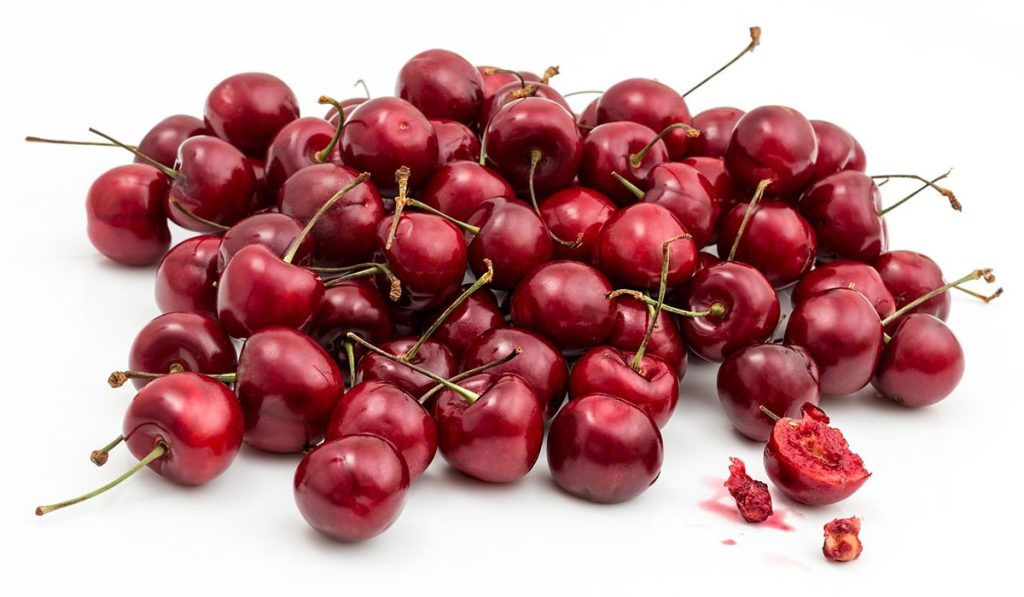
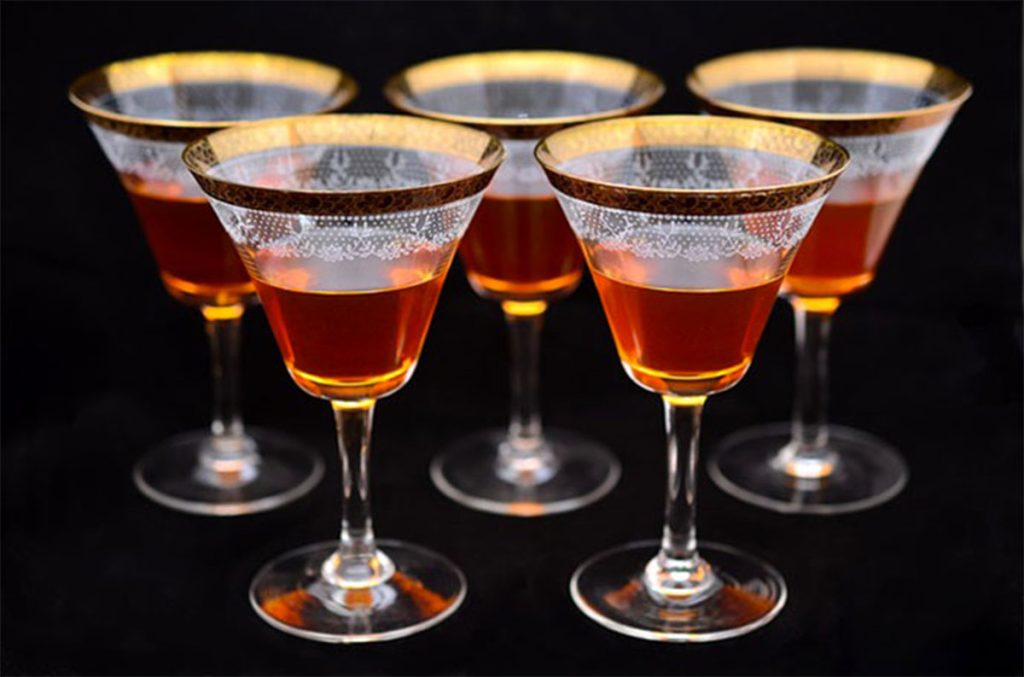
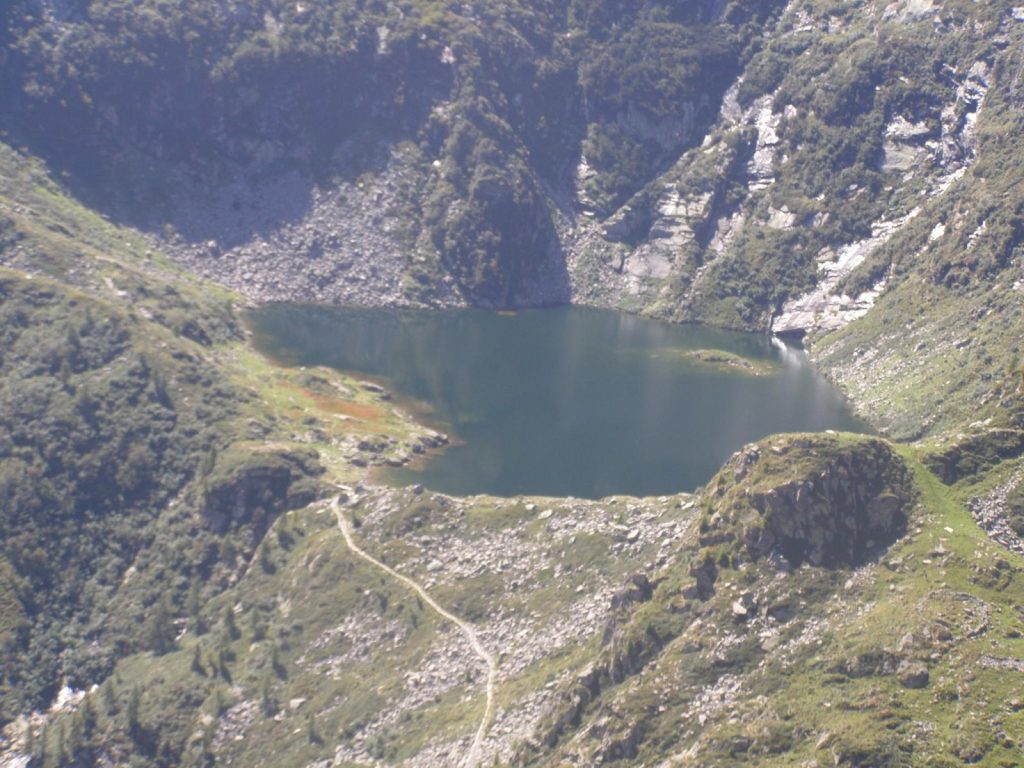
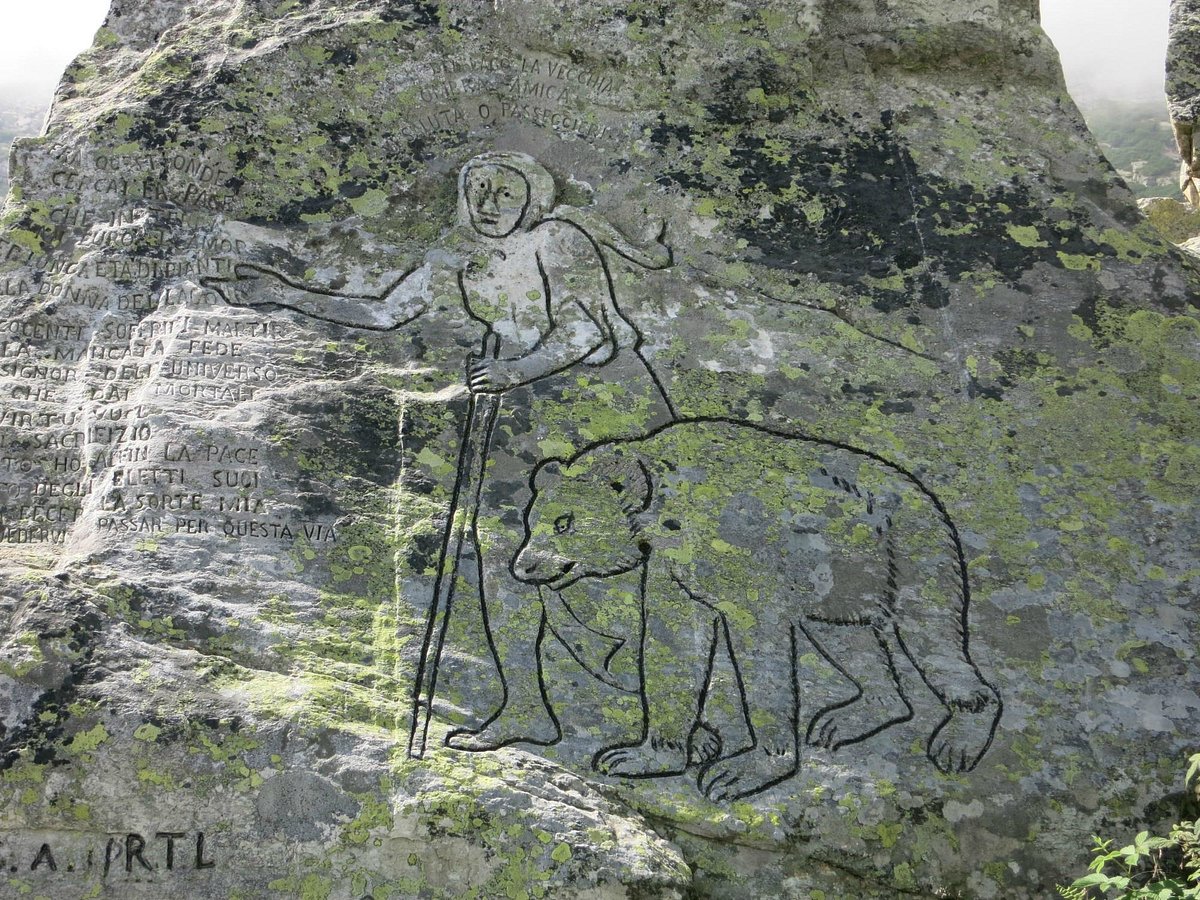
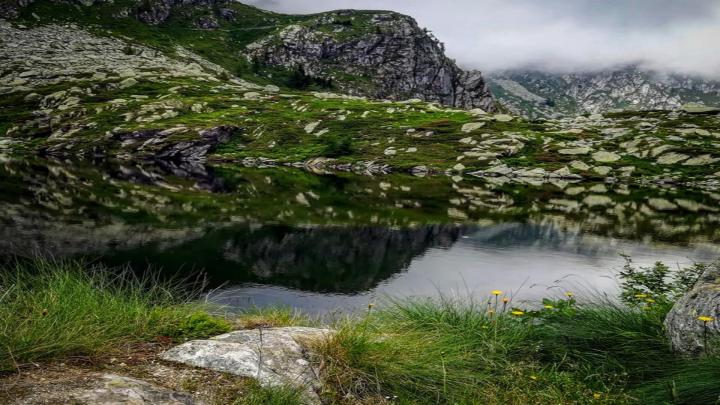
THE LEGEND OF "LAGO DELLA VECCHIA" IN VALLE CERVO
Valle Cervo, in the province of Biella, offers a multitude of itineraries suitable for even the most experienced walkers. One of the most beautiful trails is an ancient mule track that leads from the pretty village of Piedicavallo to the very picturesque Lago della Vecchia (the Old Woman’s Lake).
An old legend tells that, many years ago, a young stranger fell in love with a beautiful local girl. Therefore, not far from the lake, an altar was set up to celebrate their wedding. The bride waited there all day and all night for her fiancé, but he never arrived. The next morning a man brought the maiden the sad news that her betrothed had been killed in the forest. The young man was buried at the bottom of the lake and the girl spent the rest of her life there to watch over her beloved. She lived with a bear she had befriended.
She died many years later, but even today, when the moon is full, there are those who claim that a ghost with a graceful figure and long white hair wanders on the surface of the lake.
HOW THE LAKE MERGOZZO WAS BORN
It is one of the cleanest and picturesque lake in Europe. It is a very tiny basin in the province of Verbania, but in the ancient times constituted the most Western part of Lake Maggiore. The continuous floods of river Toce contributed to the emersion of a stretch of land, which divided Lake Maggiore into two basins. Lake Mergozzo was born. This is still connected to Lake Maggiore thanks to a channel long 2.7 km.
The lack of industrial factories along its shores helps keep the lake’s waters exceptionally clear. A ban on motorboats also contributes to its pristine condition. Additionally, a specific drainage system prevents discharge into the lake, further preserving its clarity.
The village of Mergozzo protects this peaceful corner with its charming, small-town feel. It’s characterized by typical stone houses packed so closely together that they seem to be hugging, separated only by narrow streets that open up to amazing views.
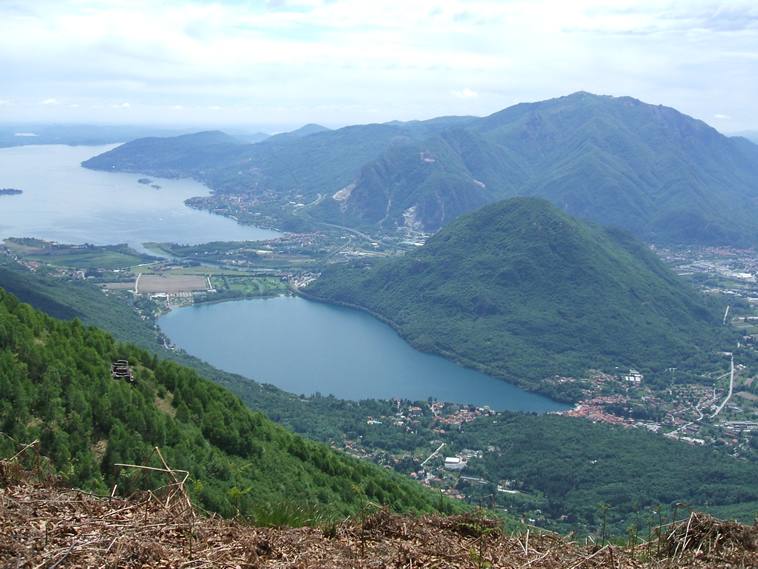
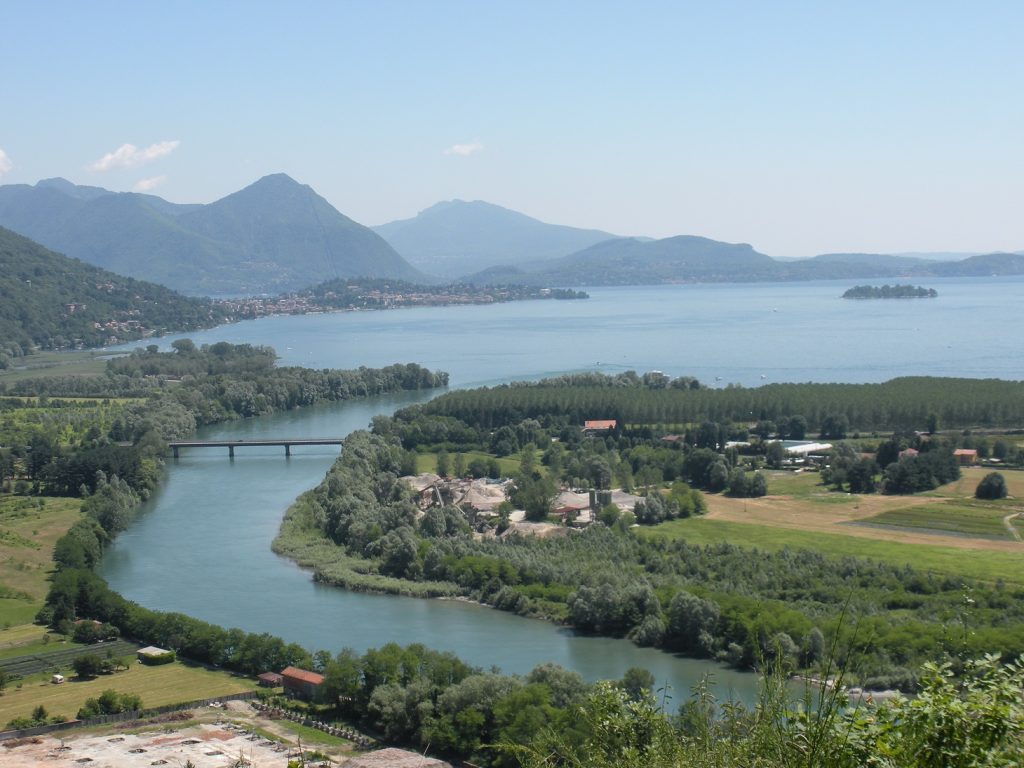
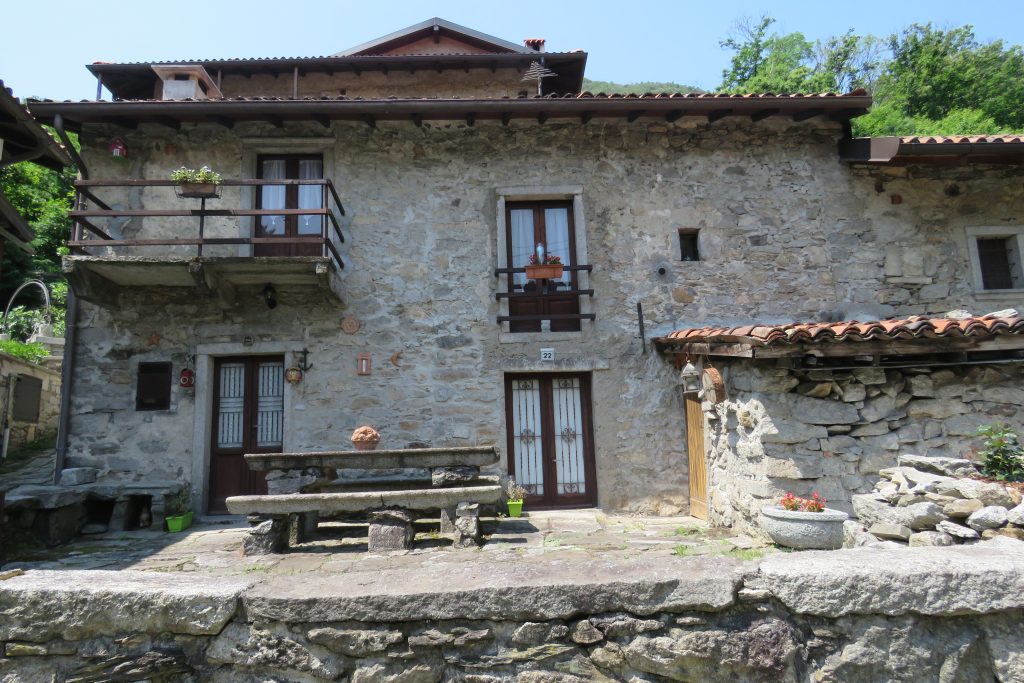
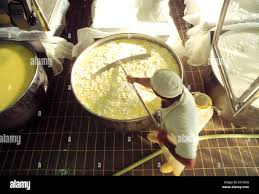
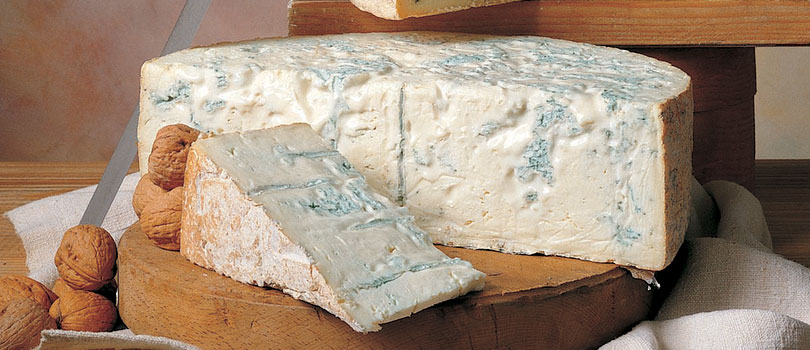
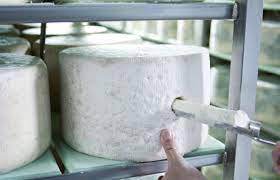
GORGONZOLA CHEESE
It is one of the most important Italian cheeses. Its origin dates back a thousand years to the town of Gorgonzola in what is now the province of Milan. However, some evidence suggests that its path may also lead to Piedmont.
Legend states that in the 12th century a herdsman was travelling to summer pastures in Valsassina when he left a version of gorgonzola in the town.
The cheese was appropriated by the local population and the rest, as they say, is history. In the year 2020, more than 5 million wheels reached various countries around the world for an estimated turnover of 800 million euros. Gorgonzola appeared on the first class menu of the Titanic, confirming how much the English appreciated it.
This is one of the most curious … curiosities:
Winston Churchill was also a fan and it was probably inside the restaurant of the House of Commons where he fell in love with the Italian blue cheese. Indeed, on weekends in the 1940s, a goods train loaded with cheeses left Novara for London. It is even said that during the Second World War as Prime Minister he marked the area of Gorgonzola with a red circle because he wanted to prevent the bombers from destroying the dairies where his favourite cheese was produced!
THE RICE FIELDS
More than 50% of Italy’s rice production is in Piemonte. Vercelli and Novara are the epicenters of rice fields.
Over three hundred million kilos of rice are cultivated in the region and Vercelli is the European Rice Capital.
The rice paddies take water from rivers, never from domestic aqueducts. This approach allows drinking water reserves to be preserved and to ensure a conscious use of natural resources.
Water distribution in rice fields is an example of applied hydraulic engineering applied to agriculture. Floodgates are the starting point: they regulate the flow of water entering the channels of distribution.

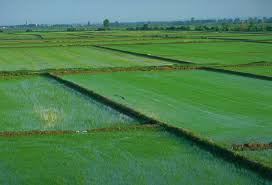
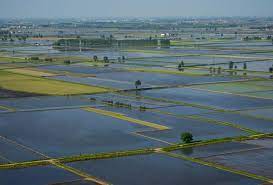
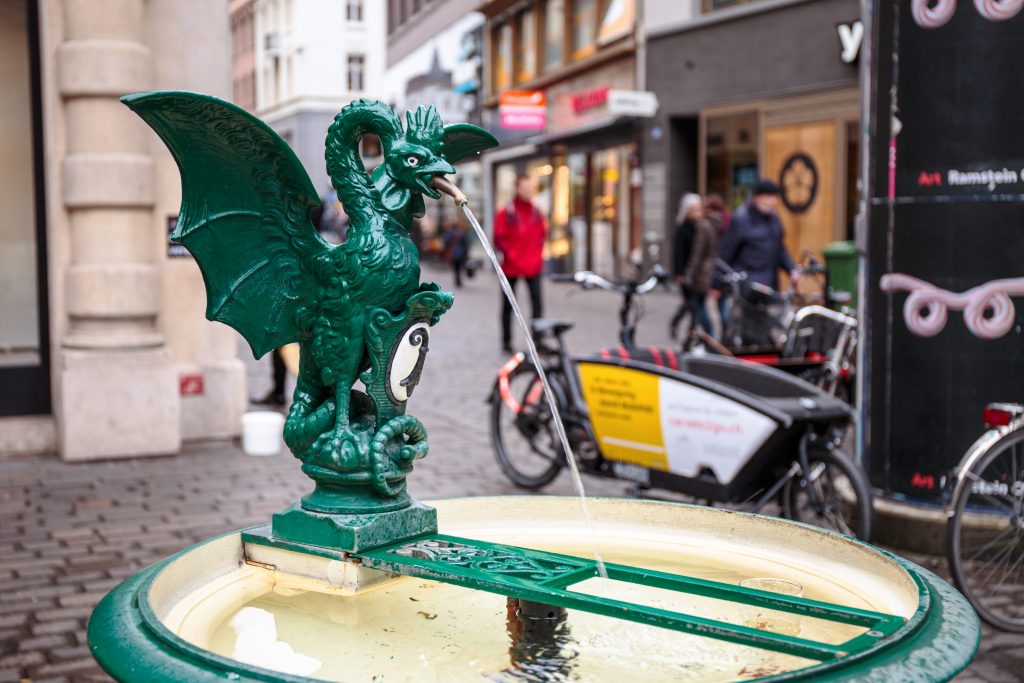
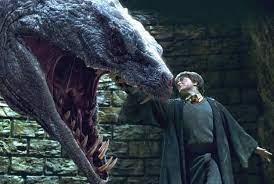
THE LEGEND OF BASILISK
The imagination of inhabitants of Alpine areas has generated various mythical animals. The difficult access to wild areas, the isolation of populations and the fear of a largely unknown nature has thus given rise to many fantasy creatures. Among these animals, one of the most mysterious is the basilisk. Little known outside the Alpine areas, it has experienced an increase in fame and popularity after being included in the Harry Potter saga.
From time immemorial, throughout Europe but especially in the mountainous regions, there has been a story of a reptile with hypnotic properties, extremely dangerous. In the Alps, the area where the legend of the basilisk has been most widespread is undoubtedly the Val Vigezzo, North Piedmont, Italy. The myth of the basilisk in this valley is so strong and widespread that the Municipality of Malesco wanted to make it its symbol and a few years ago even dedicated a fountain monument in its main square. Despite its size it is the deadliest creature ever; it is very poisonous, capable of killing with just a look or breath. According to a medieval belief, he can only be defeated with a mirror: his own gaze reflected in the mirror would kill him. Some images and descriptions of medieval origin represent the basilisk as a cross between a rooster and a snake.